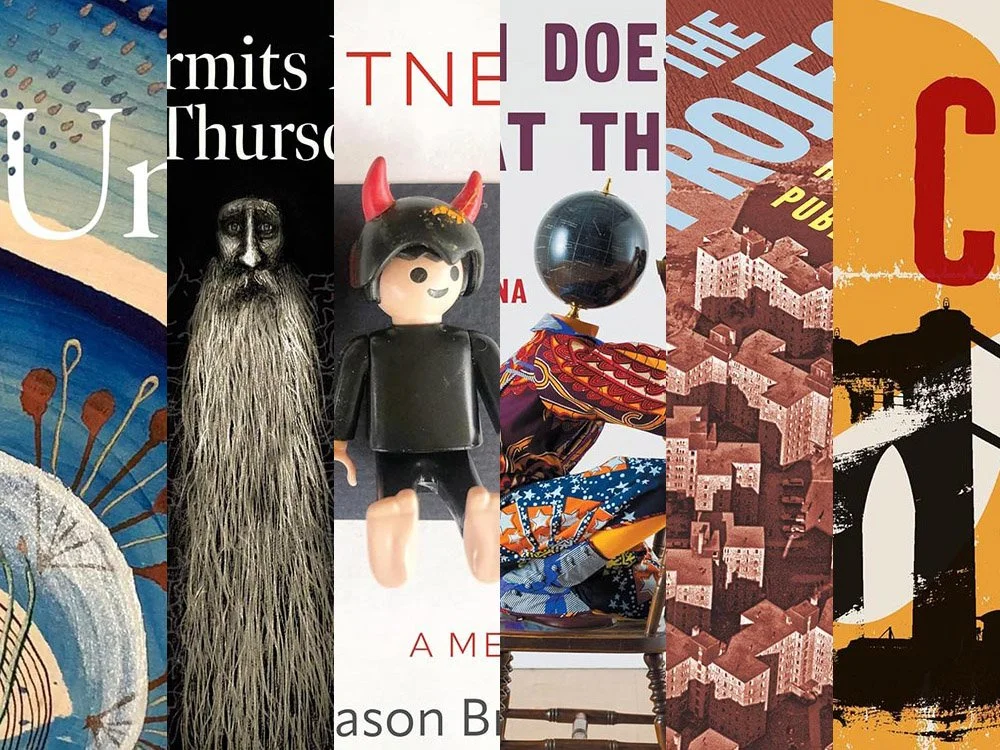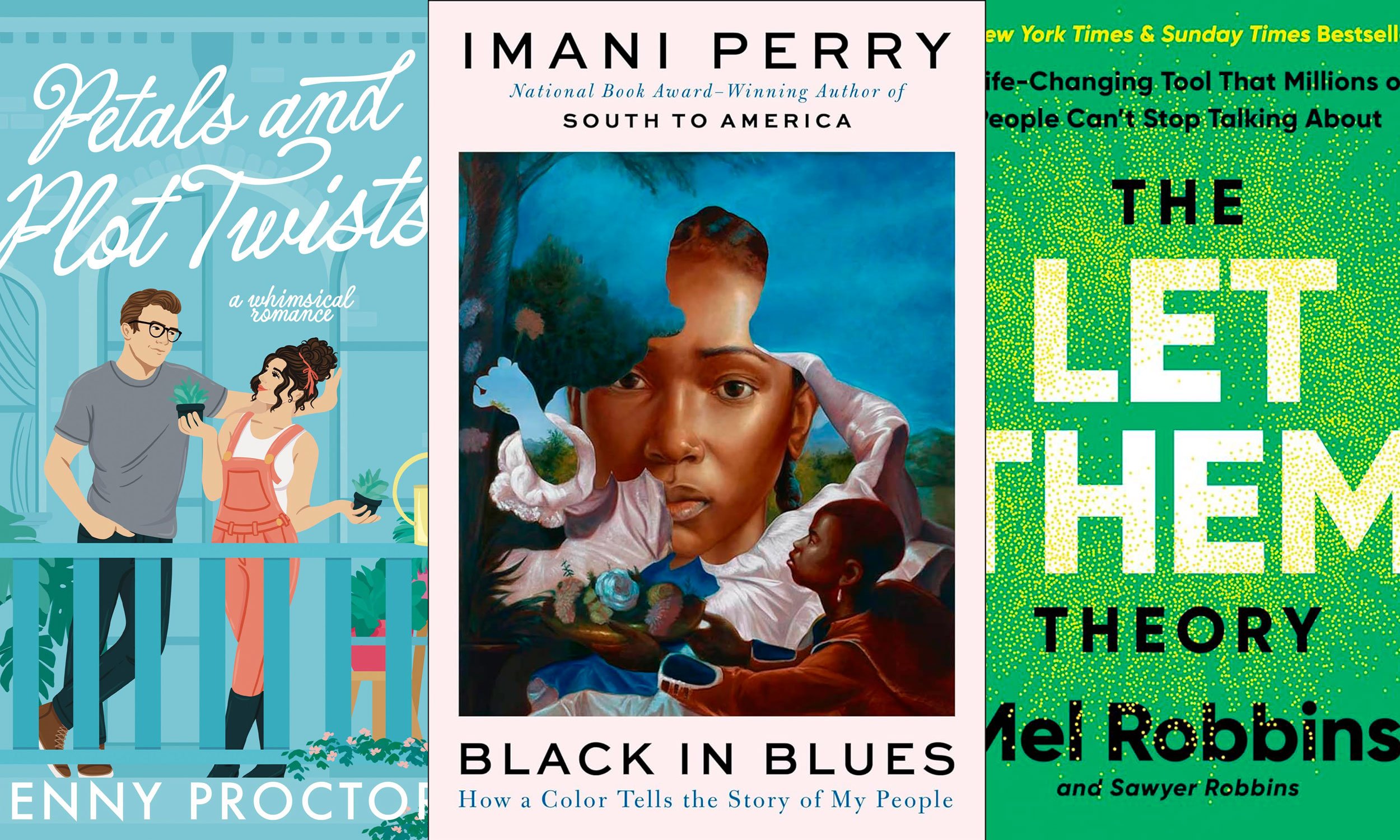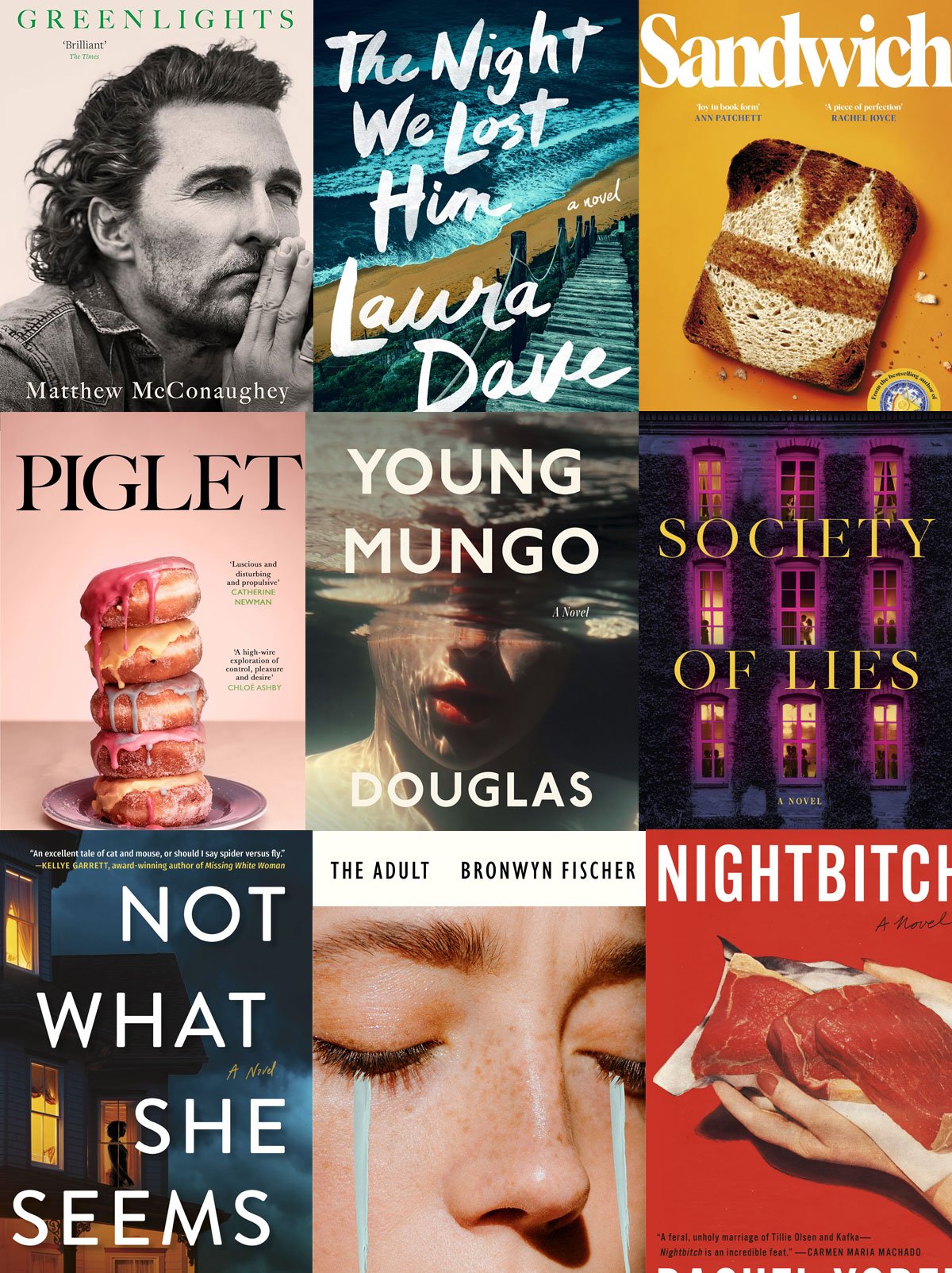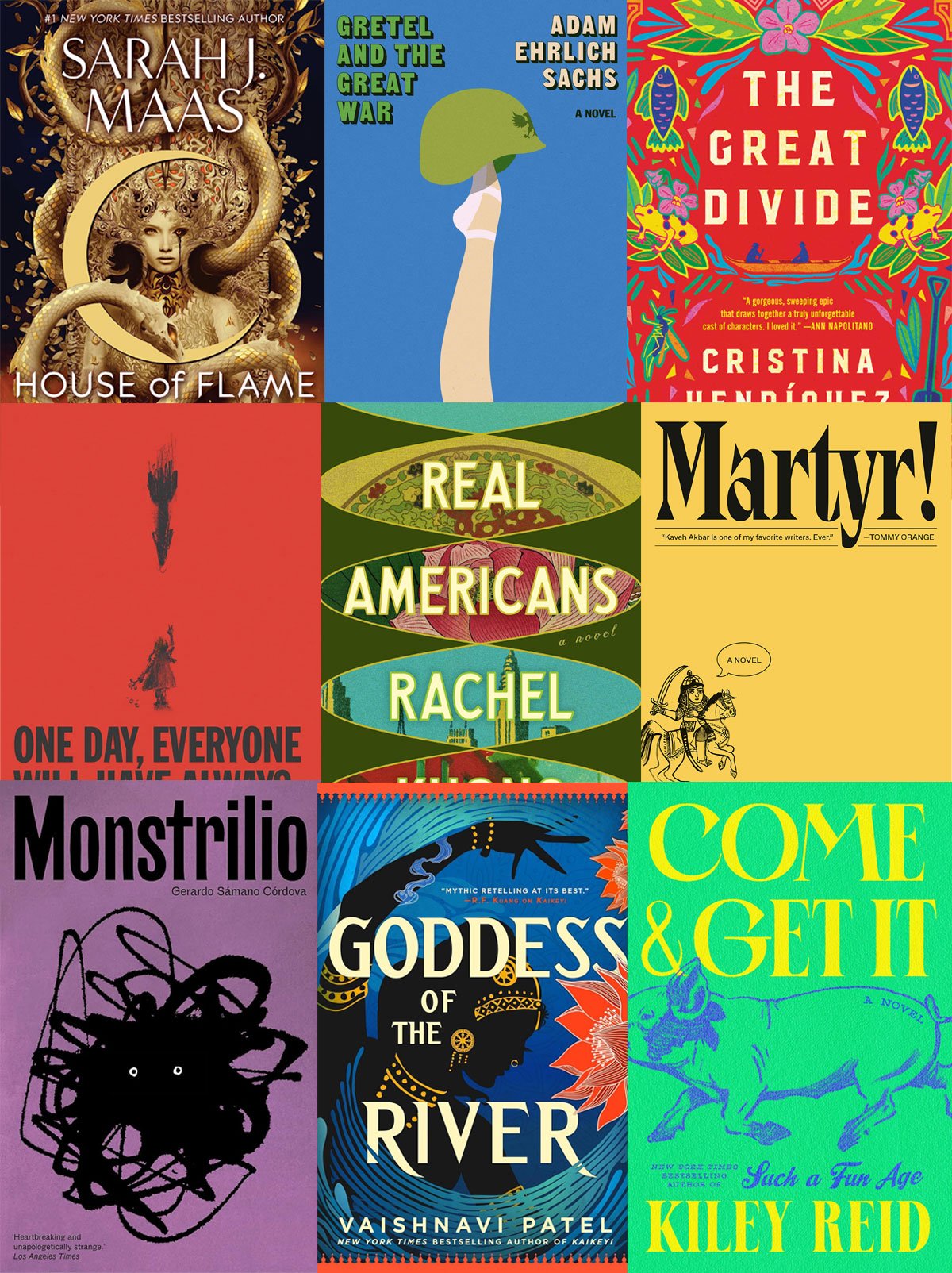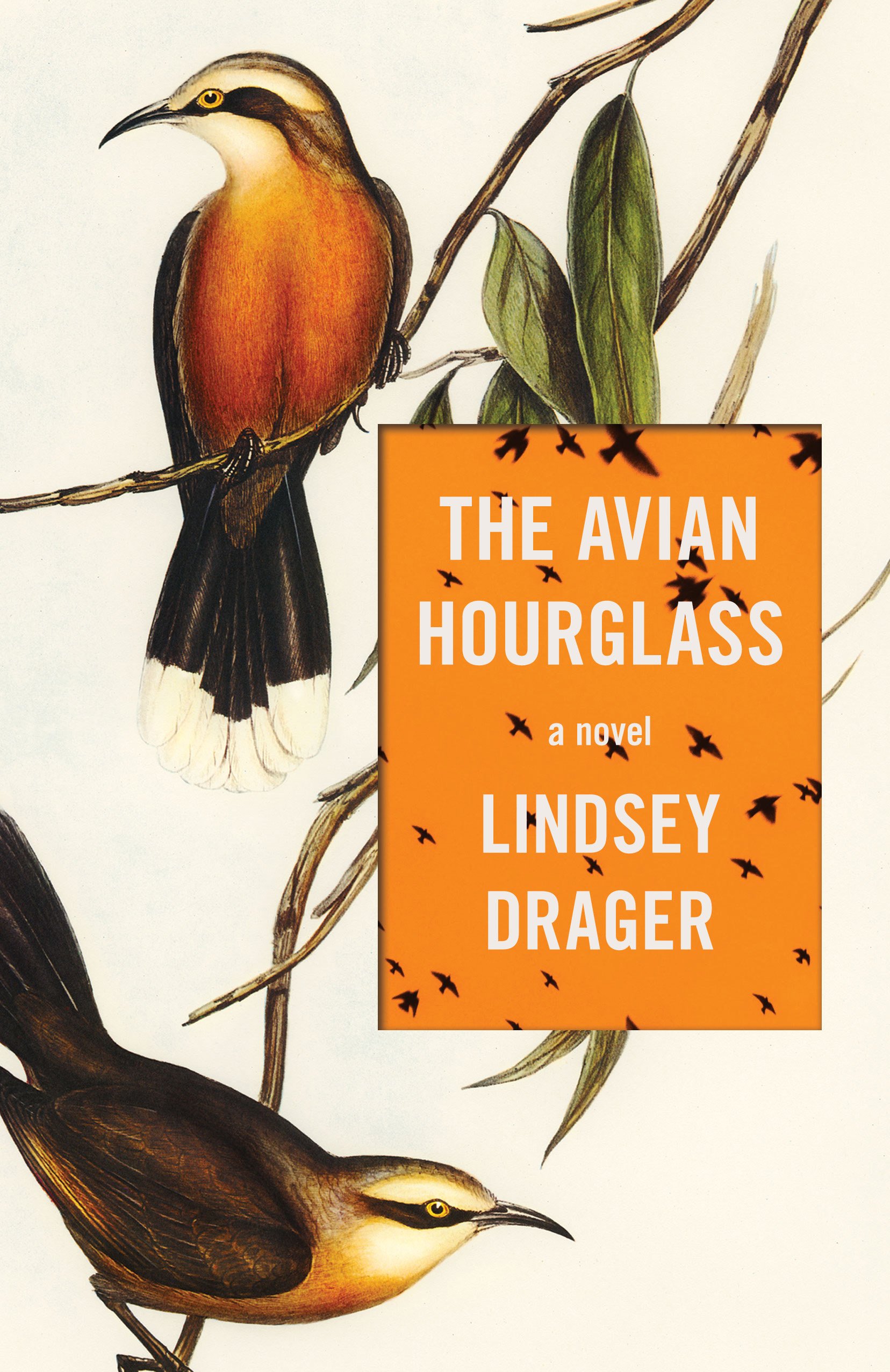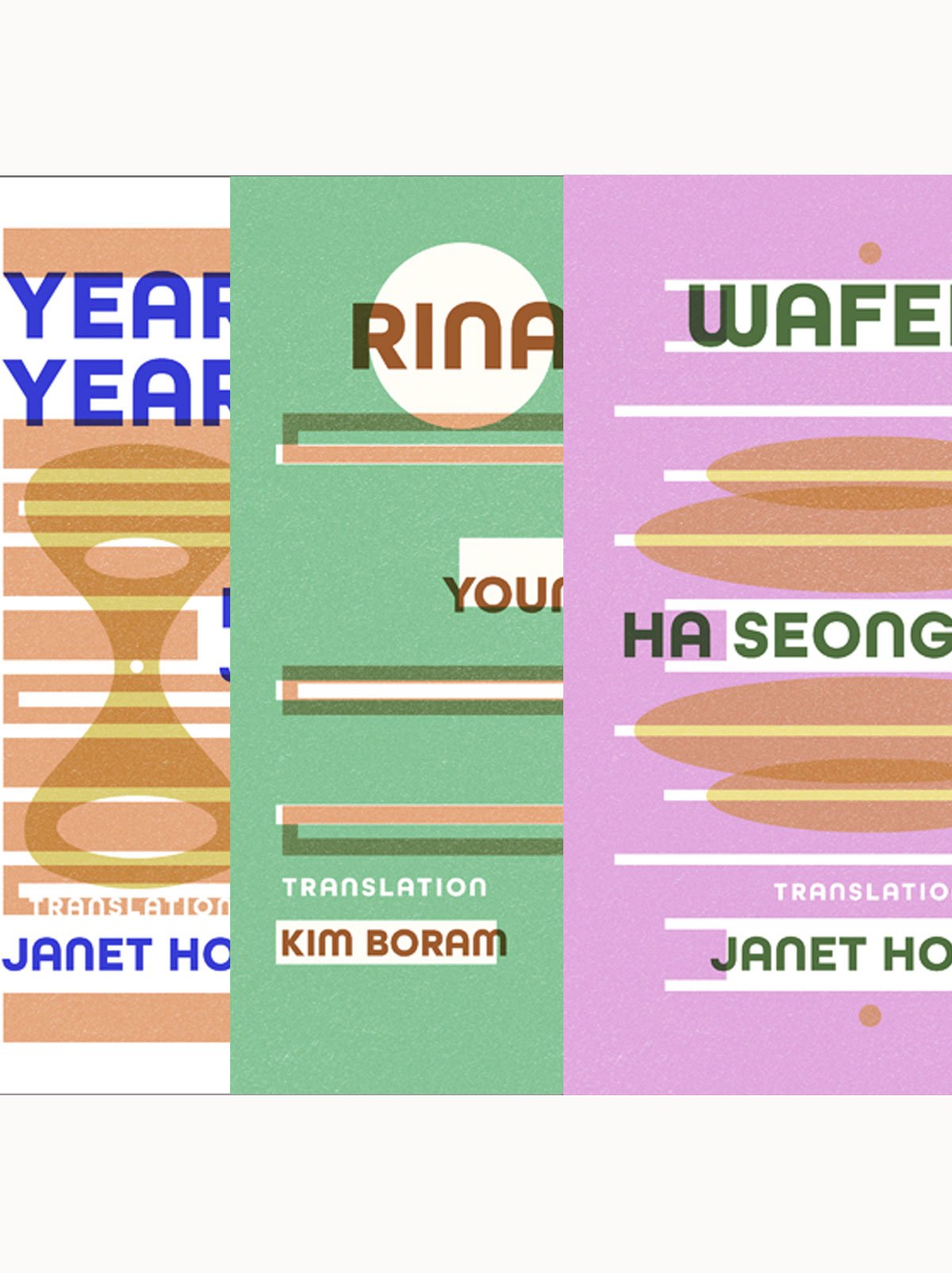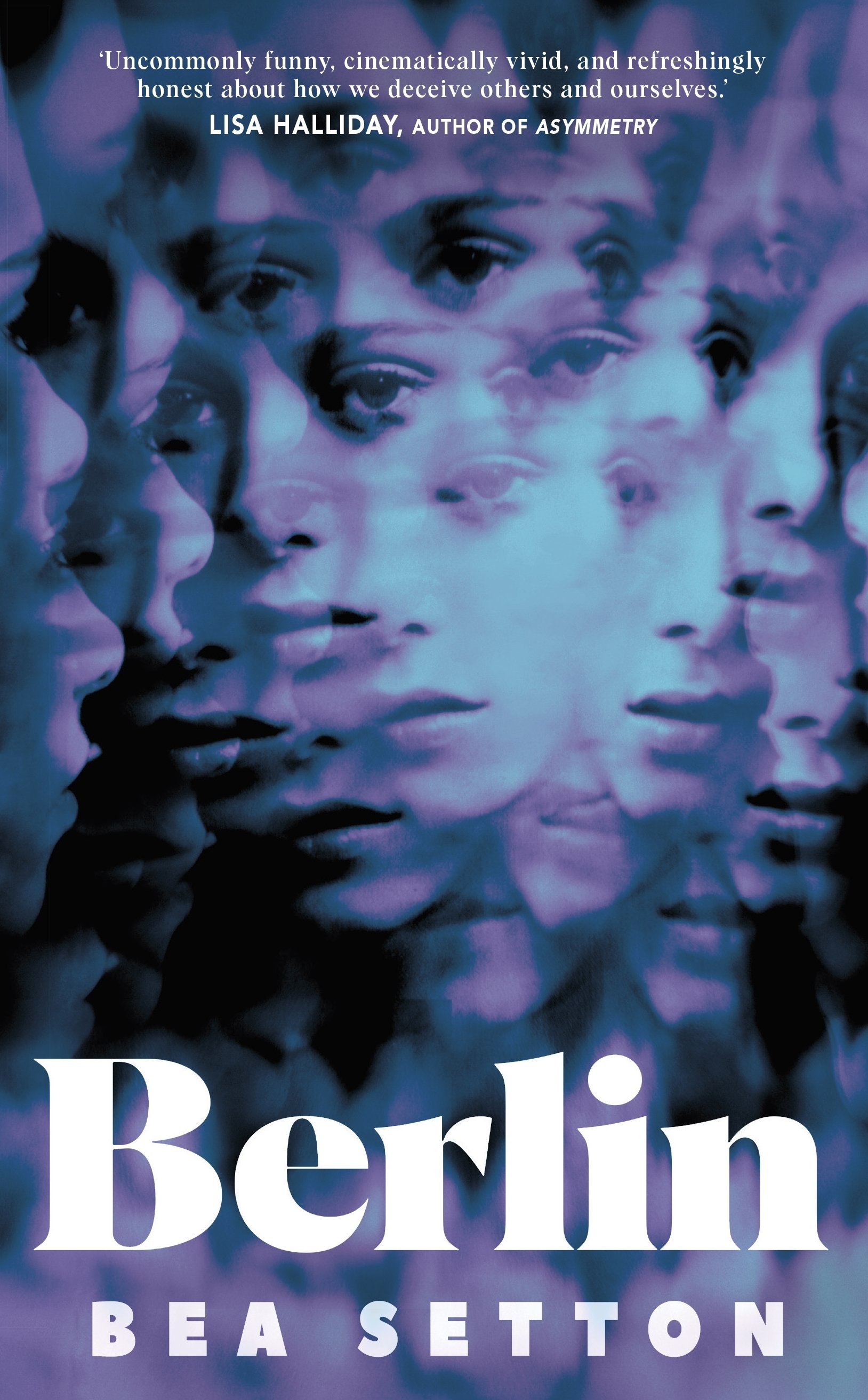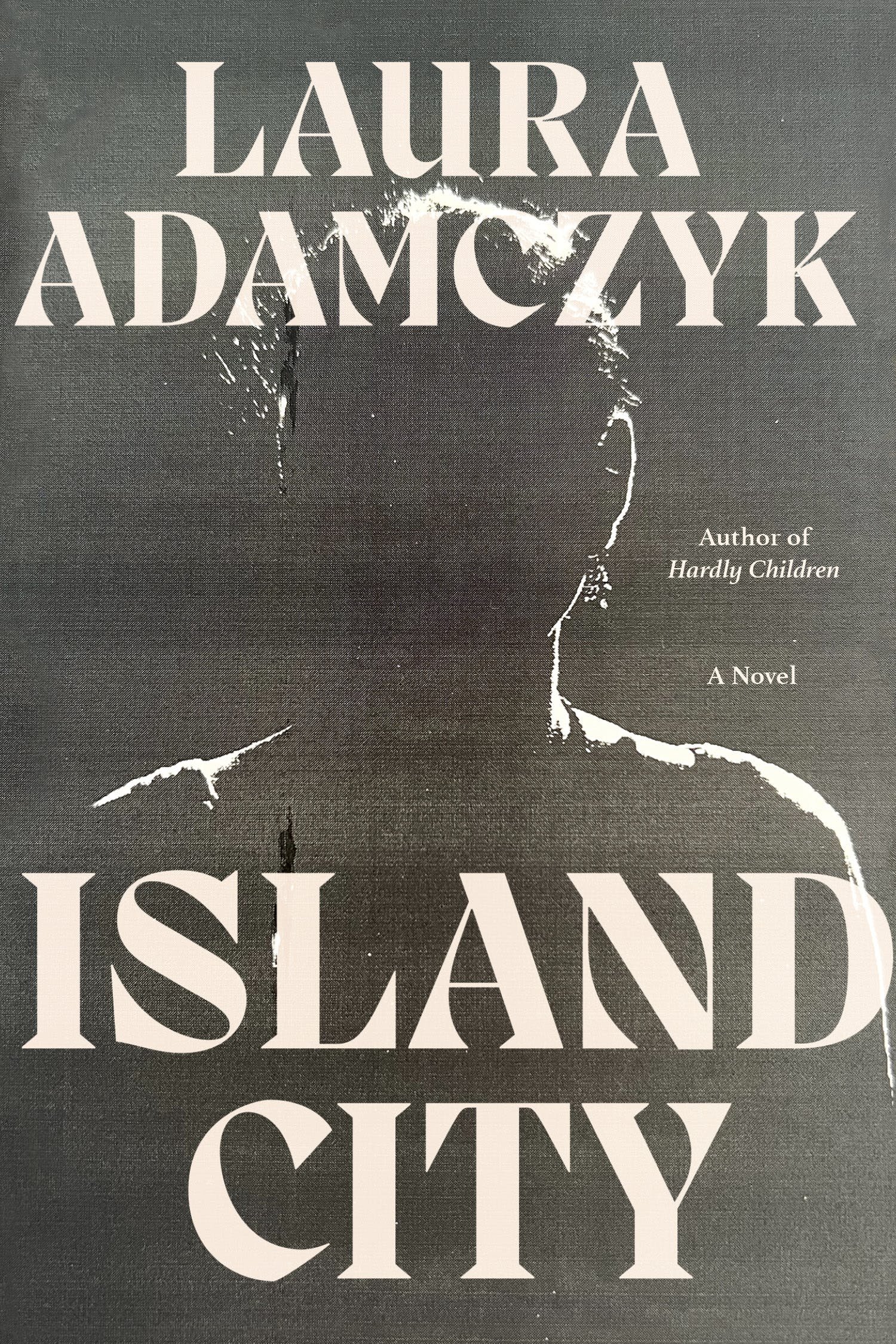University Press Coverage, November 2025
The Uni Press round-up is back! We welcome you to our ongoing feature, now penned by designer and photographer Giles Hoover, in which we periodically highlight a selection of recent university press cover designs, with commentary. Please enjoy this celebration of amazing work.
This list is in alphabetical order by press. Where possible, credits are listed in the captions.



